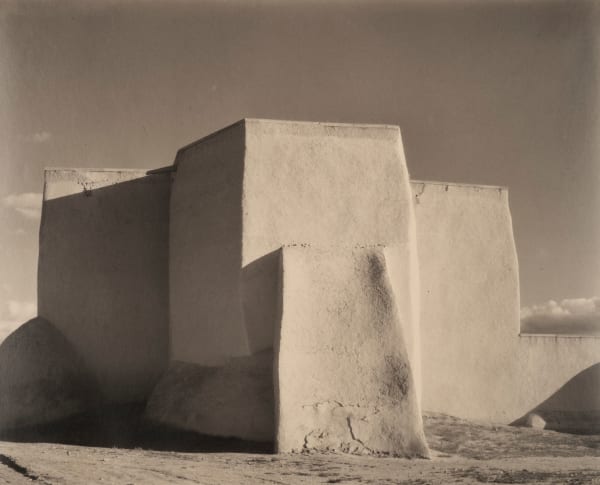Laura Gilpin US, 1891-1979
"The greatest tool at our command is the very thing that is photography. Light. Light is our paintbrush and it is a most willing tool in the hands of the one who studies it with a sufficient care."
- Laura Gilpin
Born in Austin Bluffs, Colorado (now within Colorado Springs), Gilpin grew up on her father’s ranch. She discovered her calling as a girl when town founder William Jackson Palmer introduced her to hunting wildlife photographically. She received a Brownie camera for Christmas the year she turned 12. Her mother took her east to meet pioneer photographer and native Coloradan Gertrude Käsebier, who advised professional training. Gilpin earned her way; she established and sold a successful turkey farm in western Colorado in order to fund her education. At the prestigious Clarence H. White School in New York, Gilpin learned to be an artistic yet practical photographer who could support herself by applying her skills to social commentary.
Sent back to Colorado with Spanish influenza in 1918, Gilpin formed a lifelong friendship with her nurse, Elizabeth Forster. She also became a professional contract photographer, offering portraiture while promoting business, educational, tourist, and health institutions. She found her most meaningful subjects on trips with Forster in the homelands of the Pueblo and Navajo. During World War II, Gilpin was publicity director for Boeing Aircraft in Wichita, Kansas, where she artistically represented commercial subjects and discovered aerial photography.
Gilpin moved to Santa Fe in 1946. She published several books, most notably The Enduring Navaho, which was released in 1968. Scholars praised her record of an adapting culture that others said was dying. Gilpin received honorary doctorates and state arts awards in both New Mexico and Colorado. She died still working on her next project.
Laura Gilpin applied compassion to the relationship between the landscape and the native people, a trait that distinguished her from most male landscape photographers of the West. Many still regard her as the only significant woman landscape photographer of her time.
-Courtesy of the Colorado Women's Hall of Fame

